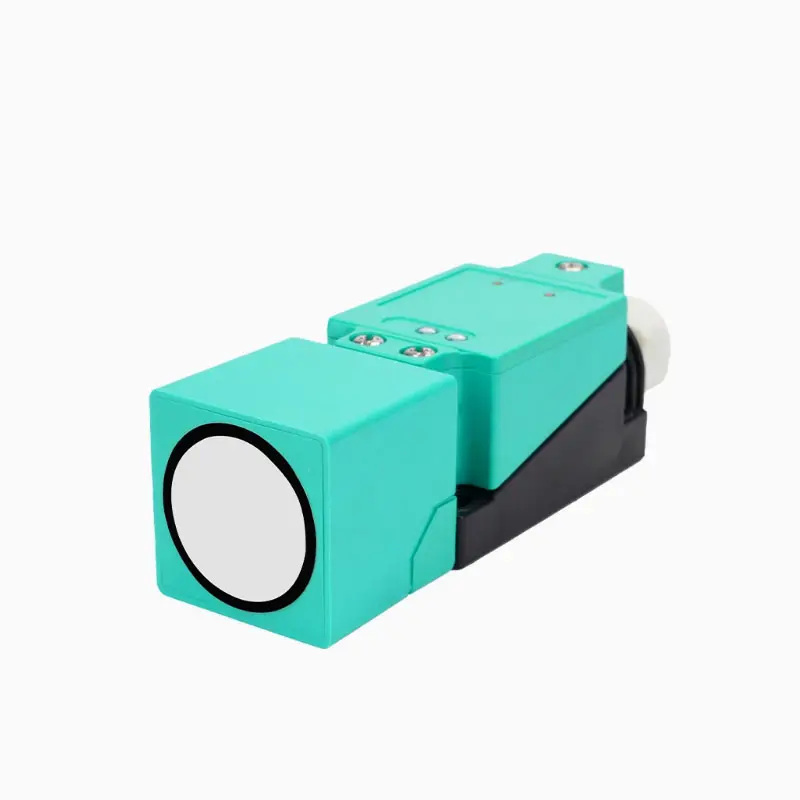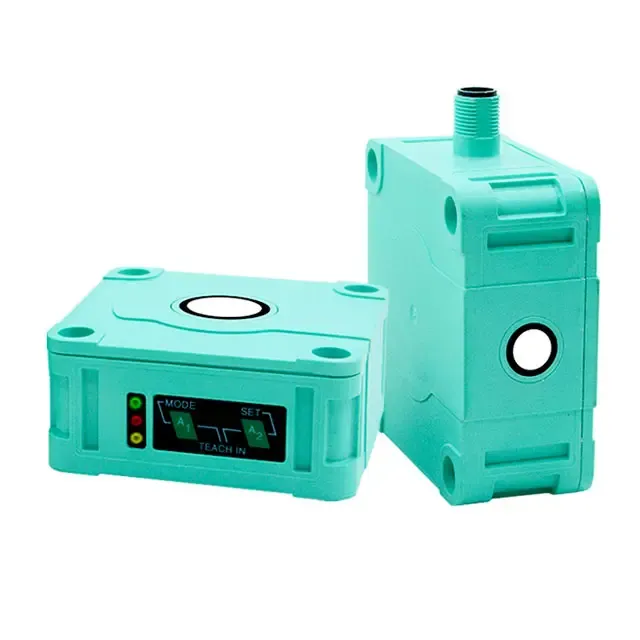Understanding the Evolution of Distance Measurement Technology
The landscape of distance measurement has been revolutionized by the emergence of ultrasonic sensor technology. These sophisticated devices have transformed how industries and everyday applications determine spatial relationships between objects, offering unprecedented accuracy and reliability. From automotive parking systems to industrial automation, ultrasonic sensors have become the cornerstone of modern distance detection methods.
Traditional distance measurement techniques often relied on mechanical or optical systems, which had significant limitations in various environmental conditions. The introduction of ultrasonic sensors marked a pivotal shift, providing a more versatile and efficient solution for precise distance calculations. This technology harnesses the power of sound waves to deliver consistent results across diverse applications.
Core Principles of Ultrasonic Sensor Operation
The Science Behind Sound Wave Measurement
Ultrasonic sensors operate on a fundamental principle known as echo-location. They emit high-frequency sound waves, typically above 20kHz, which travel through the air until they encounter an object. Upon striking the target surface, these waves reflect back to the sensor. By measuring the time between emission and reception of the echo, the sensor calculates the distance with remarkable precision.
The technology utilizes specialized transducers that convert electrical energy into ultrasonic waves and vice versa. This conversion process happens in milliseconds, enabling real-time distance monitoring. The accuracy of ultrasonic sensors is particularly impressive, as they can detect variations in distance down to millimeters, making them ideal for precision applications.
Environmental Factors and Performance Optimization
The effectiveness of an ultrasonic sensor can be influenced by various environmental conditions. Temperature, humidity, and air pressure all affect the speed of sound waves through the air. Advanced ultrasonic sensors incorporate temperature compensation mechanisms to maintain accuracy across different environmental conditions. Understanding these factors is crucial for optimizing sensor performance in specific applications.
Modern ultrasonic sensors also feature sophisticated filtering algorithms to minimize interference from ambient noise and ensure reliable measurements. This technological advancement has significantly expanded their usability in challenging industrial environments where multiple sound sources might be present.
Advanced Applications and Industrial Implementation
Manufacturing and Quality Control Systems
In manufacturing environments, ultrasonic sensors play a vital role in automated production lines. They excel at monitoring product positioning, verifying assembly completeness, and ensuring precise component placement. The non-contact nature of ultrasonic measurement makes these sensors particularly valuable in handling delicate materials or working with caustic substances where physical contact could be problematic.
Quality control systems benefit from the consistent accuracy of ultrasonic sensors in dimensional verification processes. These devices can rapidly assess product dimensions, detect defects, and maintain strict quality standards without interrupting production flow. The ability to perform these measurements in real-time has revolutionized manufacturing efficiency.

Smart Building and Infrastructure Applications
The integration of ultrasonic sensors in smart building systems has enhanced facility management and security operations. These sensors effectively monitor occupancy levels, control lighting systems, and manage HVAC operations based on precise distance measurements and presence detection. The technology's reliability in varying light conditions makes it superior to traditional optical sensors for these applications.
Infrastructure monitoring has also been transformed by ultrasonic sensor implementation. From measuring water levels in reservoirs to detecting structural deformation in bridges, these sensors provide crucial data for maintenance and safety assessments. Their ability to function in adverse weather conditions makes them invaluable for outdoor applications.
Technological Advancements and Future Prospects
Integration with IoT and Smart Systems
The evolution of ultrasonic sensor technology continues with its integration into Internet of Things (IoT) networks. Modern sensors can now communicate wirelessly with central control systems, enabling comprehensive monitoring and data analysis. This connectivity has opened new possibilities for predictive maintenance and automated system optimization.
Smart cities are increasingly utilizing ultrasonic sensors as part of their infrastructure management systems. From traffic flow monitoring to waste management, these sensors provide valuable data that helps optimize urban operations. The combination of ultrasonic technology with artificial intelligence is creating even more sophisticated applications for future smart city development.
Emerging Trends and Innovations
Recent developments in ultrasonic sensor technology have focused on miniaturization and enhanced processing capabilities. Newer sensors feature improved power efficiency, broader detection ranges, and better resistance to environmental interference. These advancements are making ultrasonic sensors more versatile and applicable across an expanding range of industries.
The future of ultrasonic sensor technology looks promising, with ongoing research into multi-point measurement capabilities and advanced signal processing algorithms. These innovations will enable more complex applications, such as 3D mapping and advanced gesture recognition systems, further expanding the technology's utility.
Frequently Asked Questions
What is the maximum range of an ultrasonic sensor?
The maximum range of an ultrasonic sensor varies depending on the specific model and application. Industrial-grade sensors can typically measure distances from a few centimeters up to several meters, with some specialized models capable of detecting objects up to 15 meters away. Environmental conditions and target surface characteristics can affect the maximum effective range.
How accurate are ultrasonic sensors in measuring distance?
Ultrasonic sensors can achieve high levels of accuracy, typically within 1% of the measured distance. High-end industrial sensors can provide even greater precision, with accuracy rates of up to 0.2%. The accuracy depends on factors such as sensor quality, environmental conditions, and proper calibration.
Can ultrasonic sensors work in all weather conditions?
While ultrasonic sensors are generally robust, extreme weather conditions can affect their performance. Heavy rain, snow, or strong winds may impact measurement accuracy. However, many modern sensors include compensation mechanisms and protective features to maintain reliability across a wide range of weather conditions. Indoor applications typically see more consistent performance regardless of external weather.

